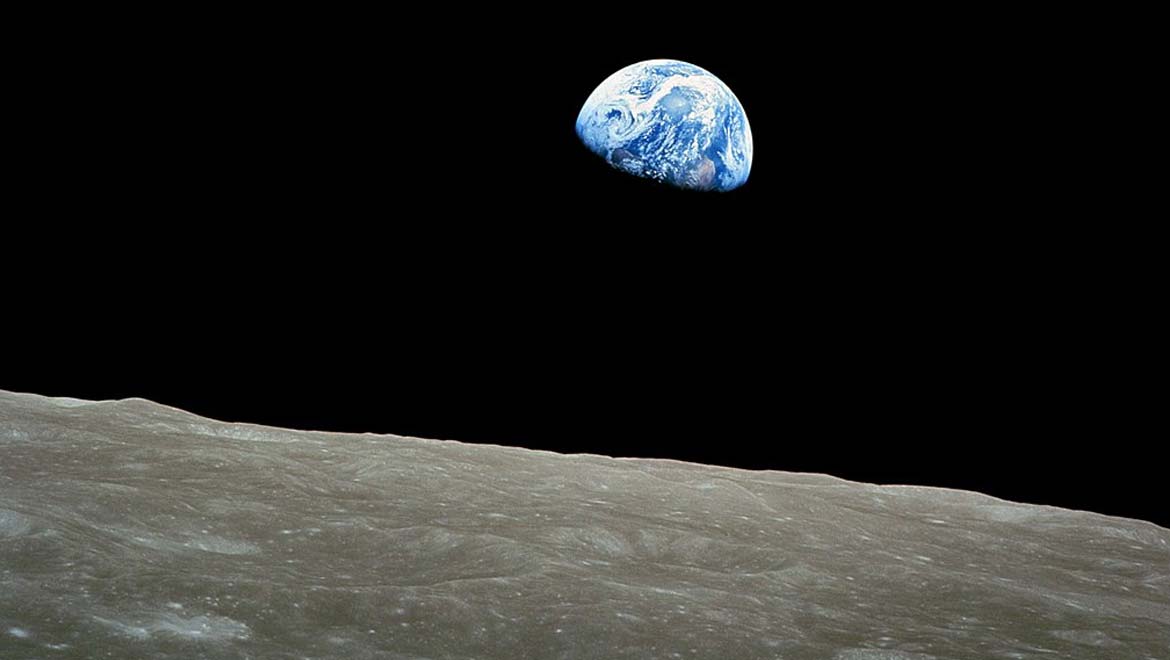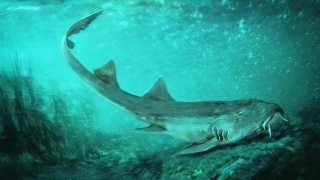The mission to create a colony of humans on the moon has just received a huge boost – in the unlikely discovery of a cave stretching into the surface of the moon. Scientists suggest that this could be the perfect location for a lunar exploration base.
A team of international researchers released details of the find in Geophysical Research Letters, noting that the cave was found through researchers studying data collected by the Japan Aerospace Exploration Agency (JAXA) Kaguya lunar orbiter.
Cave structure
The lunar orbiter Kaguya is a Selenological and Engineering Explorer (Selene) probe, armed with a radar sounding system which has the ability to examine structures beneath the surface of the moon. Kaguya orbited the moon for a year and a half, from 2007 to 2009. Within that time it collected a vast amount of data, including identifying the presence of a hole within the Marius Hills, which are located on the near side of the Moon, in an area known as The Ocean of Storms.
The Ocean of Storms is a lunar region which was subjected to a large amount of volcanic activity around 3.5 billion years ago, evidenced by the covering of basalt, which results from eruptions of volcanic magma. Once the hole, around 50 metres wide and 50 metres deep had been identified, this area was subjected to further study using radio waves.
The team of researchers then discovered that this hole was the opening to a cave structure stretching 31 miles (50 kilometres) beneath the surface. It is estimated that the cave is also around 100 metres wide as well as being structurally sound. Researchers also suggest that it may well contain deposits of ice or water.
JAXA suggests that the cave is a lava tube, created as a result of volcanic activity on the moon. Senior researcher from JAXA, Junichi Haruyama, said when speaking to The Guardian:
“We’ve known about these locations that were thought to be lava tubes … but their existence has not been confirmed until now. [Lava tubes] might be the best candidate sites for future lunar bases, because of their stable thermal conditions and potential to protect people and instruments from micrometeorites and cosmic ray radiation. Careful examination of their interiors could provide unique insights concerning the evolutionary history of the moon.” “We haven’t actually seen the inside of the cave itself so there are high hopes that exploring it will offer more details,”
As mentioned by Haruyama, the discovery of the cave is particularly exciting due to its potential as the location for a lunar base. It could provide protection from the extreme temperatures on the moon, which can range from 224°F during the day to -153°C at night. Harmful radiation would also be minimised, creating a safe space from which astronauts could complete their missions.
The race is on
JAXA had already announced its intention to land Japanese astronauts on the moon by 2030, but Japan is certainly not the only country with plans for their astronauts to land on the moon within the next few years. Russia also hopes to start building a colony on the moon by 2030, starting with four people. China has stated its intention of completing a manned moon landing sometime before 2036, with the chief designer of the mission, Wu Weiren, telling the BBC that: “Our long-term goal is to explore, land, and settle. We want a manned lunar landing to stay for longer periods and establish a research base.” Private companies are also racing to reach the moon, with Elon Musk’s SpaceX being one of the most well-known.
This latest discovery is certainly going to encourage those who plan to create a human colony on the moon. The question is, which astronaut will get to step inside this cave first?
Top image: Earthrise (Apollo 8, 1968) (Public Domain)







No comment